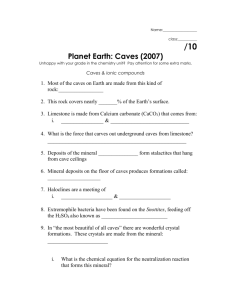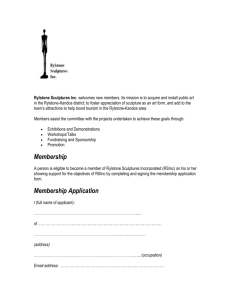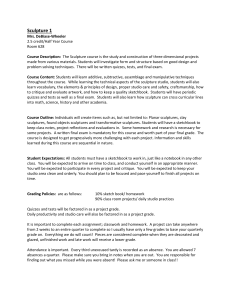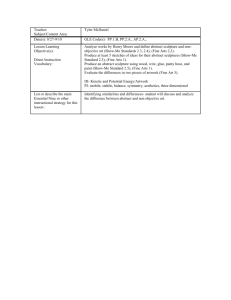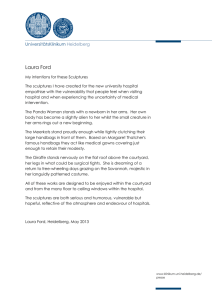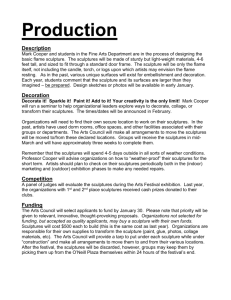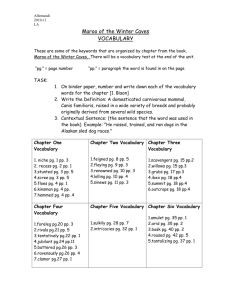An Extraordinary Sixth Century Chinese Sculpture of Guanyin
advertisement
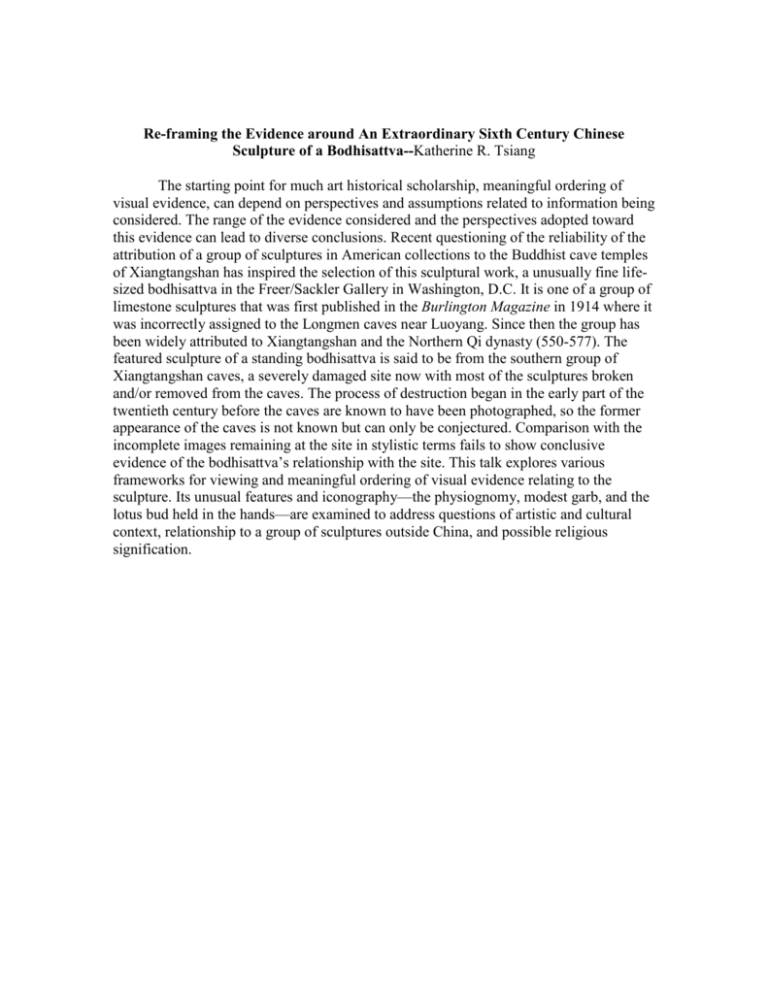
Re-framing the Evidence around An Extraordinary Sixth Century Chinese Sculpture of a Bodhisattva--Katherine R. Tsiang The starting point for much art historical scholarship, meaningful ordering of visual evidence, can depend on perspectives and assumptions related to information being considered. The range of the evidence considered and the perspectives adopted toward this evidence can lead to diverse conclusions. Recent questioning of the reliability of the attribution of a group of sculptures in American collections to the Buddhist cave temples of Xiangtangshan has inspired the selection of this sculptural work, a unusually fine lifesized bodhisattva in the Freer/Sackler Gallery in Washington, D.C. It is one of a group of limestone sculptures that was first published in the Burlington Magazine in 1914 where it was incorrectly assigned to the Longmen caves near Luoyang. Since then the group has been widely attributed to Xiangtangshan and the Northern Qi dynasty (550-577). The featured sculpture of a standing bodhisattva is said to be from the southern group of Xiangtangshan caves, a severely damaged site now with most of the sculptures broken and/or removed from the caves. The process of destruction began in the early part of the twentieth century before the caves are known to have been photographed, so the former appearance of the caves is not known but can only be conjectured. Comparison with the incomplete images remaining at the site in stylistic terms fails to show conclusive evidence of the bodhisattva’s relationship with the site. This talk explores various frameworks for viewing and meaningful ordering of visual evidence relating to the sculpture. Its unusual features and iconography—the physiognomy, modest garb, and the lotus bud held in the hands—are examined to address questions of artistic and cultural context, relationship to a group of sculptures outside China, and possible religious signification.


